Precipitated Calcium Carbonate (PCC), also known as light calcium carbonate, is made from calcining limestone and other raw materials. Limestone is first calcined to produce lime (mainly calcium oxide) and carbon dioxide. Water is added to the lime to form lime slurry (mainly calcium hydroxide). Carbon dioxide is then passed into the lime slurry to precipitate calcium carbonate. The calcium carbonate is then dewatered, dried, and ground into powder. Alternatively, sodium carbonate and calcium chloride react to form calcium carbonate, which is then processed similarly.
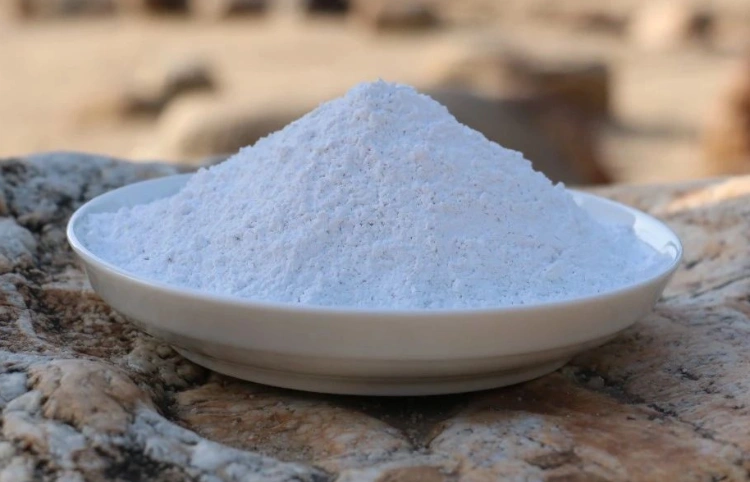
Preparation Method of Precipitated Calcium Carbonate
- Carbonation method: Limestone and other raw materials are calcined to produce lime (mainly calcium oxide) and carbon dioxide. Water is added to the lime to form lime slurry (mainly calcium hydroxide). Carbon dioxide is then passed into the lime slurry to precipitate calcium carbonate. Finally, the calcium carbonate precipitate is dewatered, dried, and ground to produce light calcium carbonate.
- Soda ash (Na2CO3) calcium chloride method: Add calcium chloride to the soda ash aqueous solution to generate calcium carbonate precipitate.
- Caustic soda method: During the production of caustic soda (NaOH), light calcium carbonate can be obtained as a byproduct. When lime slurry is added to a sodium carbonate solution, calcium carbonate precipitates. At the same time, a caustic soda solution is produced. The calcium carbonate precipitate is then dewatered, dried, and ground to produce light calcium carbonate.
- Calcium chloride method: Lime slurry is treated with hydrochloric acid to produce a calcium chloride solution. The calcium chloride solution absorbs ammonia gas and is then carbonated with carbon dioxide, resulting in calcium carbonate precipitation.
- Solvay method: During the production of sodium carbonate, light calcium carbonate can be obtained as a byproduct. Saturated saltwater absorbs ammonia gas and is then carbonated with carbon dioxide, resulting in the precipitation of sodium bicarbonate and ammonium chloride solution. Lime slurry is added to the ammonium chloride solution, producing calcium chloride-ammonia solution. This solution is then carbonated with carbon dioxide to precipitate calcium carbonate.
Light Calcium Carbonate Powder Characteristics
The shape of precipitated calcium carbonate can be classified into spindle, cubic, needle, chain, spherical, plate, and tetragonal prism shapes based on the crystal morphology of calcium carbonate. These different crystal forms of calcium carbonate can be obtained by controlling the reaction conditions. Light calcium carbonate is divided into the following categories based on its original average particle size (d):
- Microparticle calcium carbonate (5μm)
- Microfine calcium carbonate (1-5μm)
- Ultrafine calcium carbonate (0.1-1μm)
- Superfine calcium carbonate (0.02-0.1μm)
- Nanometer calcium carbonate (0.02μm)
The particle shapes are regular, and it can be considered as a monodispersed powder with a narrow particle size distribution.
Basic Uses of Precipitated Calcium Carbonate
Papermaking
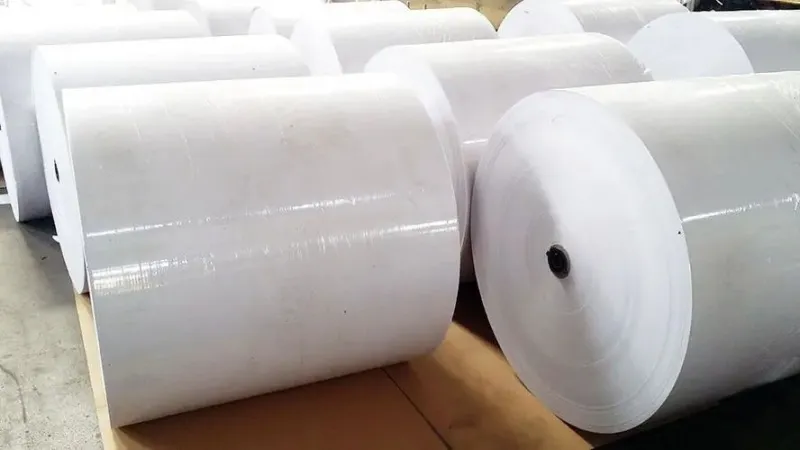
The paper industry is one of the largest markets for calcium carbonate. Ground calcium carbonate (GCC) fillers are primarily used in printed papers, advertising papers, office papers, and writing papers, excluding cigarette paper, filter paper, and specialty low-grammage papers. Precipitated calcium carbonate, compared to GCC, has superior quality, with finer particle size, higher whiteness, lower cost, low foaming properties, and better printability. It is highly suitable as a paper filler and can meet the printing and optical performance requirements of paper.
Studies show that spindle-shaped ultrafine calcium carbonate, without modification, can enhance the quality and abrasion resistance of high-grade paper. When spindle-shaped calcium carbonate is added to the pulp, it can mimic fine fibers and create numerous small air pockets. This results in excellent smoothness and printability of the paper.
Rubber
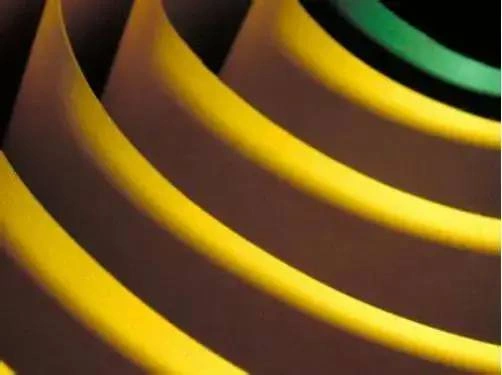
Precipitated calcium carbonate is widely used in rubber products, such as tires, conveyor belts, hoses, rubber sheeting, and medical rubber products. It can reduce the amount of rubber used, lower costs, and also provide reinforcement and semi-reinforcement. When light calcium carbonate is added to rubber, it results in higher tensile strength, wear resistance, and tear strength than pure rubber vulcanizates. It also provides significant reinforcement in both natural and synthetic rubbers and can adjust the consistency. Compared to regular fillers, needle-shaped calcium carbonate offers stronger reinforcement and toughness properties. After being added to materials, it improves properties such as strength, hardness, and wear resistance.
Plastic
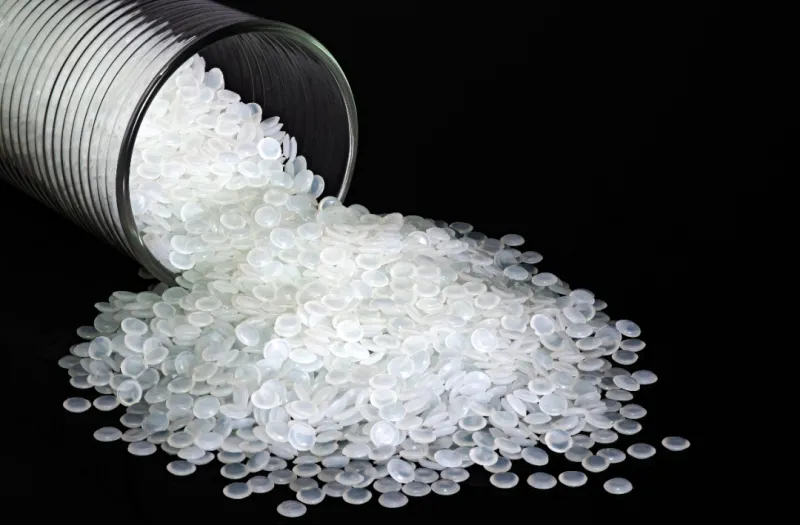
Precipitated calcium carbonate plays a skeleton role in plastic products, significantly contributing to dimensional stability. It can improve the hardness of the product, as well as enhance surface gloss and smoothness. Adding calcium carbonate to general plastic products increases heat resistance. Due to its whiteness of over 90%, light calcium carbonate can also replace expensive white pigments, providing a whitening effect.
Paint

Calcium carbonate is an important filler in paint production. The fineness and particle distribution of calcium carbonate determine the transparency of the paint. Light calcium carbonate is widely used in the paint industry and serves as an indispensable skeleton material. In thick paints, its usage exceeds 30%, in phenolic varnishes it is used at 4-7%, and in phenolic fine-textured wrinkle paints, it makes up over 39%.
Coating
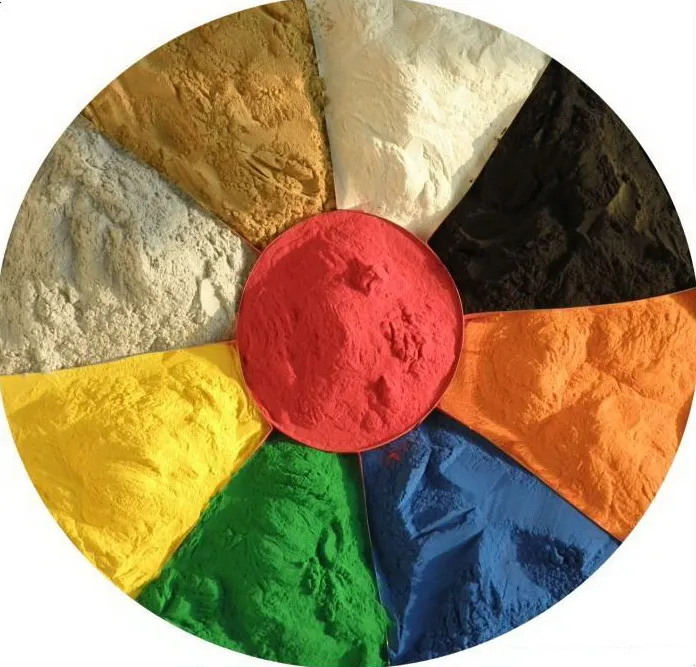
Compared to ground calcium carbonate (GCC), light calcium carbonate is synthetically produced, making its crystal form and composition easier to control, allowing for the addition of various functions.
Its relatively high specific surface area makes it more effective as a reinforcing agent in coatings than GCC. Common light calcium carbonate is used in construction coatings, paper coatings, and powder coatings, with a primary application in anti-corrosion coatings, including marine coatings, container coatings, vehicle undercoats, and corrosion protection for bridges and steel structures. Ultrafine light calcium carbonate, in addition to being used as a filler, also offers water resistance and corrosion inhibition properties.
Ink
When Precipitated calcium carbonate is used in inks, it helps achieve a clear and long-lasting gloss on the paint film. It enhances the ink’s printing tone, making it elegant and uniform. Its excellent translucency, gloss, and fluidity also help reduce coating and ink costs. Spherical and cubic nano-calcium carbonate, with better dispersion, transparency, gloss, and opacity than other fillers, are widely used in high-quality inks for high-speed printing and laser typesetting.
Pharmaceutical
Light calcium carbonate is used in pharmaceutical formulations as a neutralizing agent, filter aid, buffer, dissolving agent, filler, and calcium supplement. Calcium carbonate with a hollow structure performs well in terms of biocompatibility and can be used as a pharmaceutical delivery system and diagnostic marker.
Food

Precipitated calcium carbonate is widely used in the modern calcium supplementation and nutrition food industry.
It serves as a high-quality nutritional fortifier in dairy products, meat products, pasta, milk powder, milk tablets, and other related industries. As a food additive, light calcium carbonate ensures the necessary calcium intake for the human body, commonly used in products like chewing gum, chocolate, yogurt, calcium tablets, jelly, and beverages to fortify calcium levels. In food processing, it acts as an alkaline agent, nutritional supplement, dough conditioner, curing agent, yeast nutrient, anti-caking agent, leavening agent, gum candy aid, and modifier. Food-grade calcium carbonate has high purity, low impurities, and particularly low levels of Pb, As, Hg, Fe, and other indicators.
Feed
Light calcium carbonate is used as a calcium supplement in animal feed processing. Feed-grade light calcium carbonate must meet the following standards:
- Calcium carbonate (CaCO3) content ≥ 98%
- Calcium (Ca) content ≥ 39.2%
- Moisture content ≤ 1%
- Hydrochloric acid content ≤ 0.2%
- Heavy metals (Pb) ≤ 0.003%
- Arsenic (As) ≤ 0.0002%
- Barium salts (Ba) ≤ 0.030%
Toothpaste

Precipitated calcium carbonate can be used in daily chemical products such as tooth powder, toothpaste, and cosmetics. In toothpaste, light calcium carbonate acts as an abrasive, effectively removing dental plaque and food residues, polishing the teeth without damaging the enamel. It also enhances fragrance transmission and paste spreading. Additionally, with its mild alkalinity, it neutralizes acidic metabolic products, such as citric acid, from dental plaque bacteria, lowering the oral pH. This provides multiple benefits, including the removal of acidic plaque and neutralizing acidic metabolic products in the mouth.
Sealant Adhesive
Calcium carbonate, as a semi-reinforced filler, is used in adhesives to improve adhesive layer properties, reduce costs, and generally remain inert with the base material. Adding a certain amount of calcium carbonate to adhesives can enhance bonding strength, hardness, heat resistance, dimensional stability, and reduce curing shrinkage and linear expansion coefficients. For example, in common glass adhesives, without reinforcement fillers, bonding strength is poor. Adding industrial calcium carbonate improves the adhesive joint strength, increases surface hardness, viscosity, and thermal conductivity, enhances impact toughness and wear resistance, and improves the adhesive’s resistance to various media while lowering costs. Light calcium carbonate, especially nano-grade, has good particle size stability and uniform dispersion, providing excellent elasticity, waterproofing, airtightness, and rheological properties for sealants, making it an ideal sealing material.
Ceramic
Develop cubic calcium carbonate with uniform particle distribution, which can be used for densification ceramics manufactured at low temperature of 600℃.
Cable
In cable products, light calcium carbonate enhances electrical insulation properties, maintains an appropriate pH, and has good compatibility with resins. It increases the filler content, reduces costs, and is especially suitable for use in PVC wire and cable materials.
Other
Light calcium carbonate is also widely used in organic synthesis, metallurgy, glass production, and asbestos manufacturing. It can be used as a medium agent for industrial wastewater treatment and as an SO2 eliminator in gases containing SO2.
Conclusion
In conclusion, precipitated Calcium Carbonate (PCC) offers a wide range of valuable properties, including high purity, fine particle size, and excellent dispersibility. These characteristics make it a versatile material across various industries such as paper, plastics, coatings, pharmaceuticals, and food. Its ability to improve performance, reduce costs, and enhance product quality ensures that PCC remains an essential component in many manufacturing processes. As industries continue to innovate, the applications of PCC will undoubtedly expand, driving further advancements in product development and efficiency.
Epic Powder
Epic Powder, 20+ years of work experience in the ultrafine powder industry. Actively promote the future development of ultra-fine powder, focusing on crushing,grinding,classifying and modification process of ultra-fine powder. Contact us for a free consultation and customized solutions! Our expert team is dedicated to providing high-quality products and services to maximize the value of your powder processing. Epic Powder—Your Trusted Powder Processing Expert !
